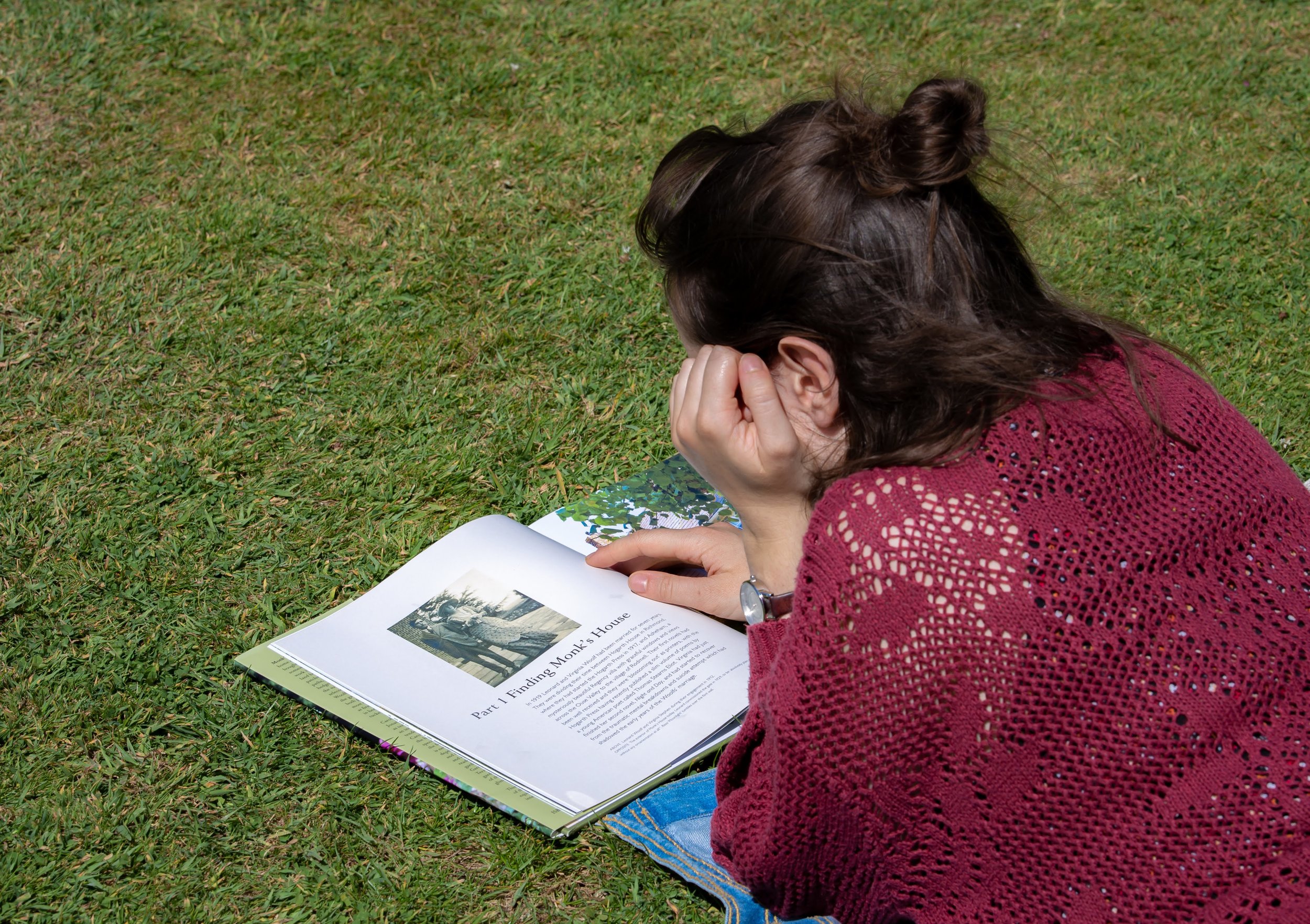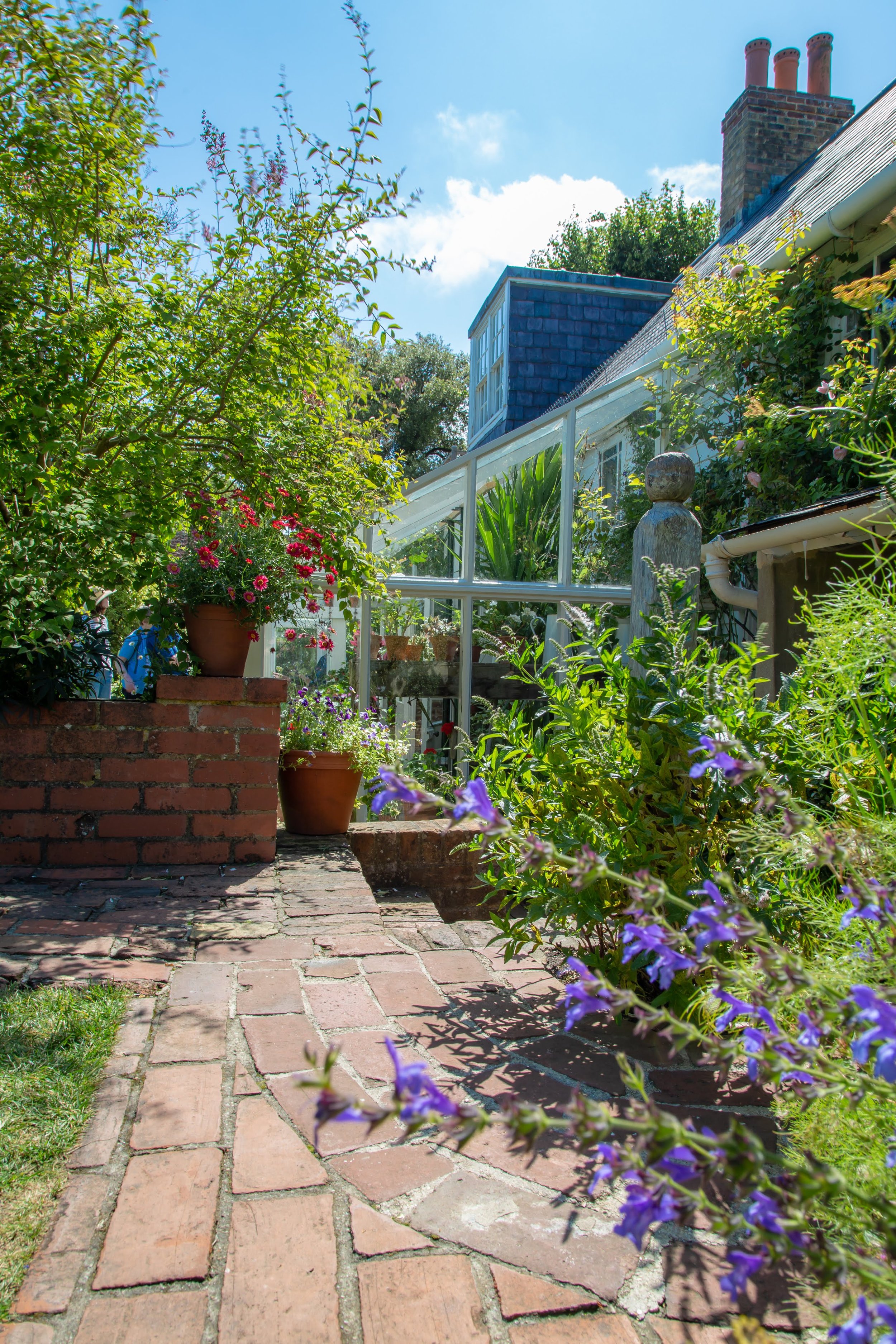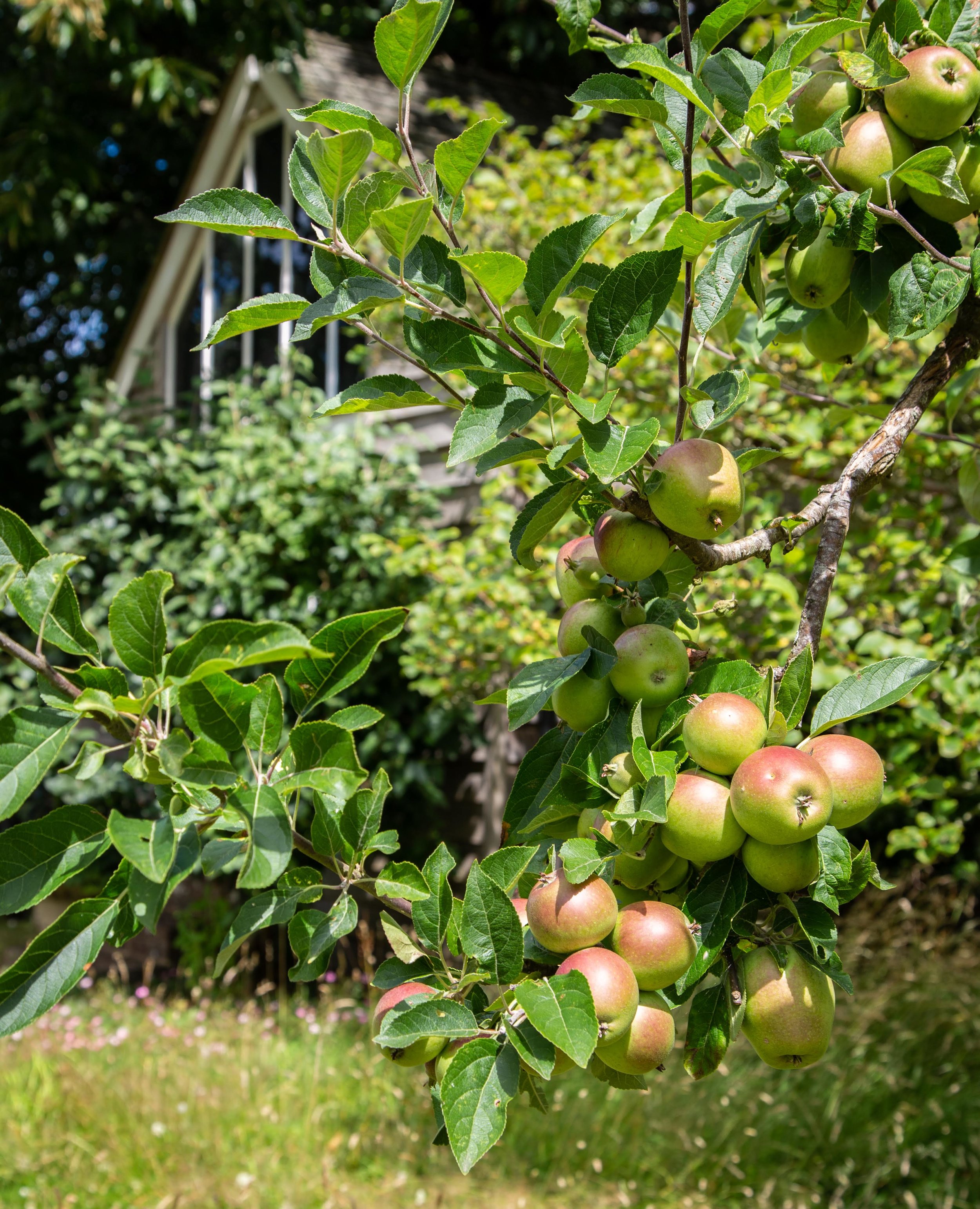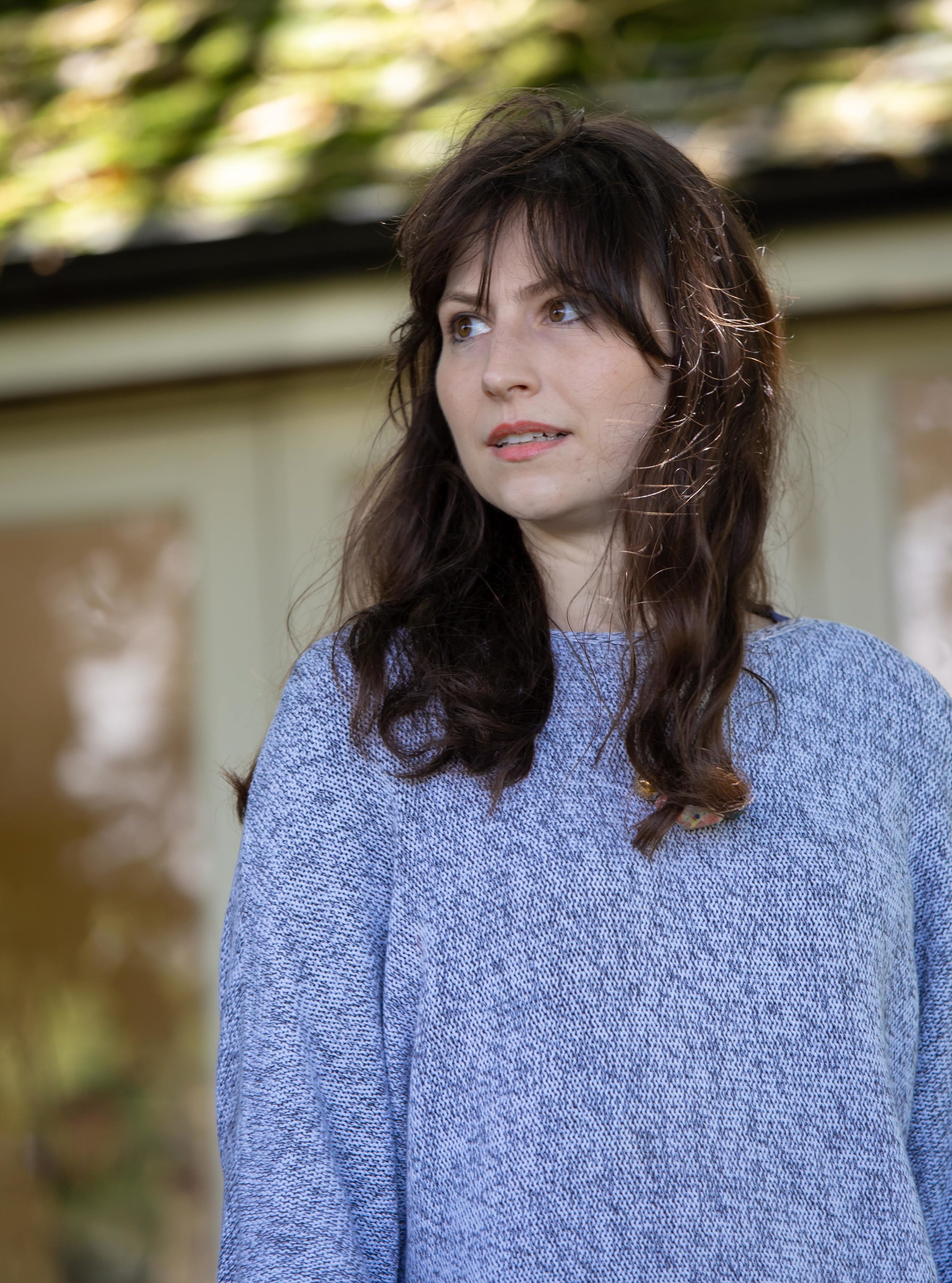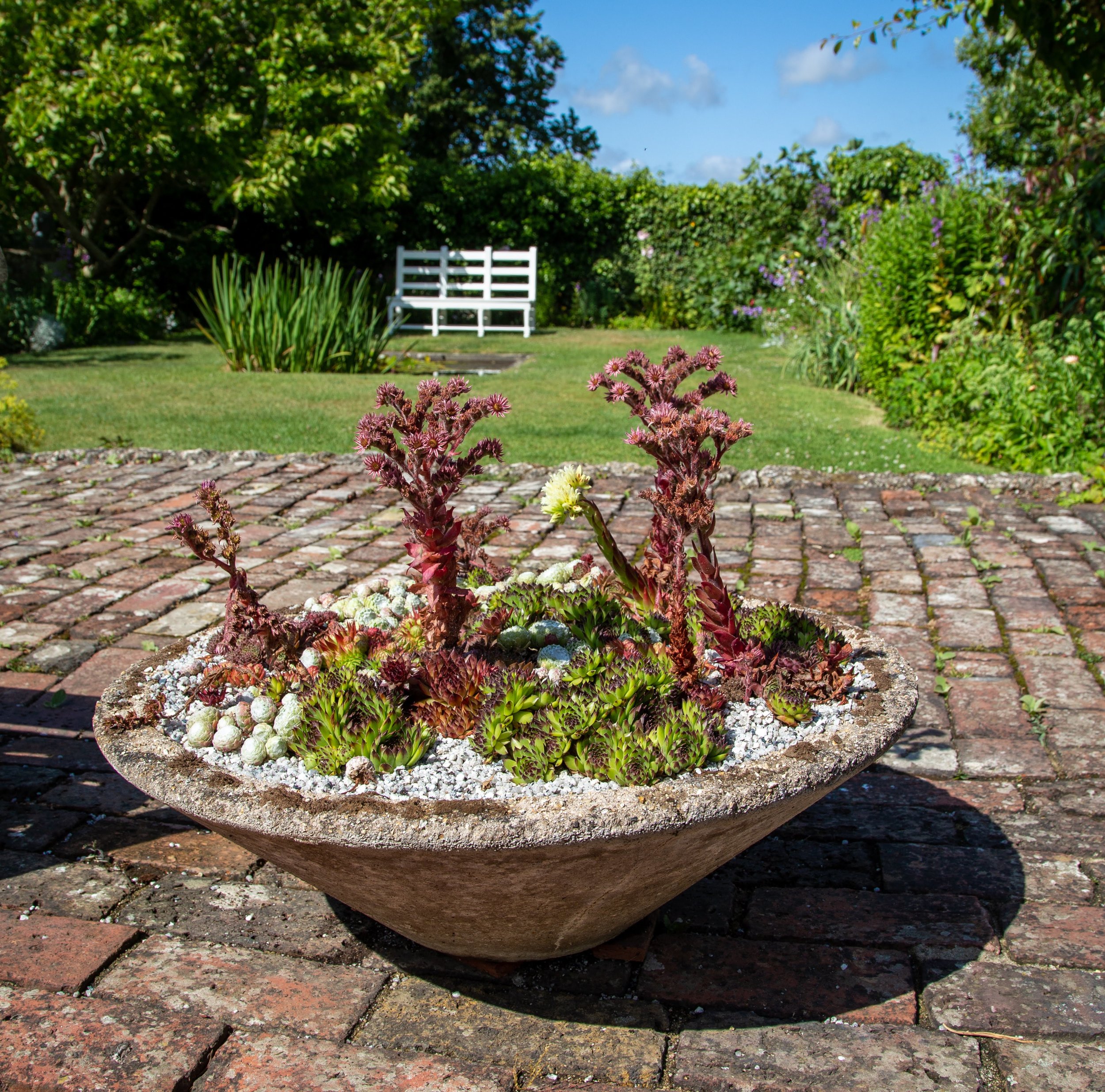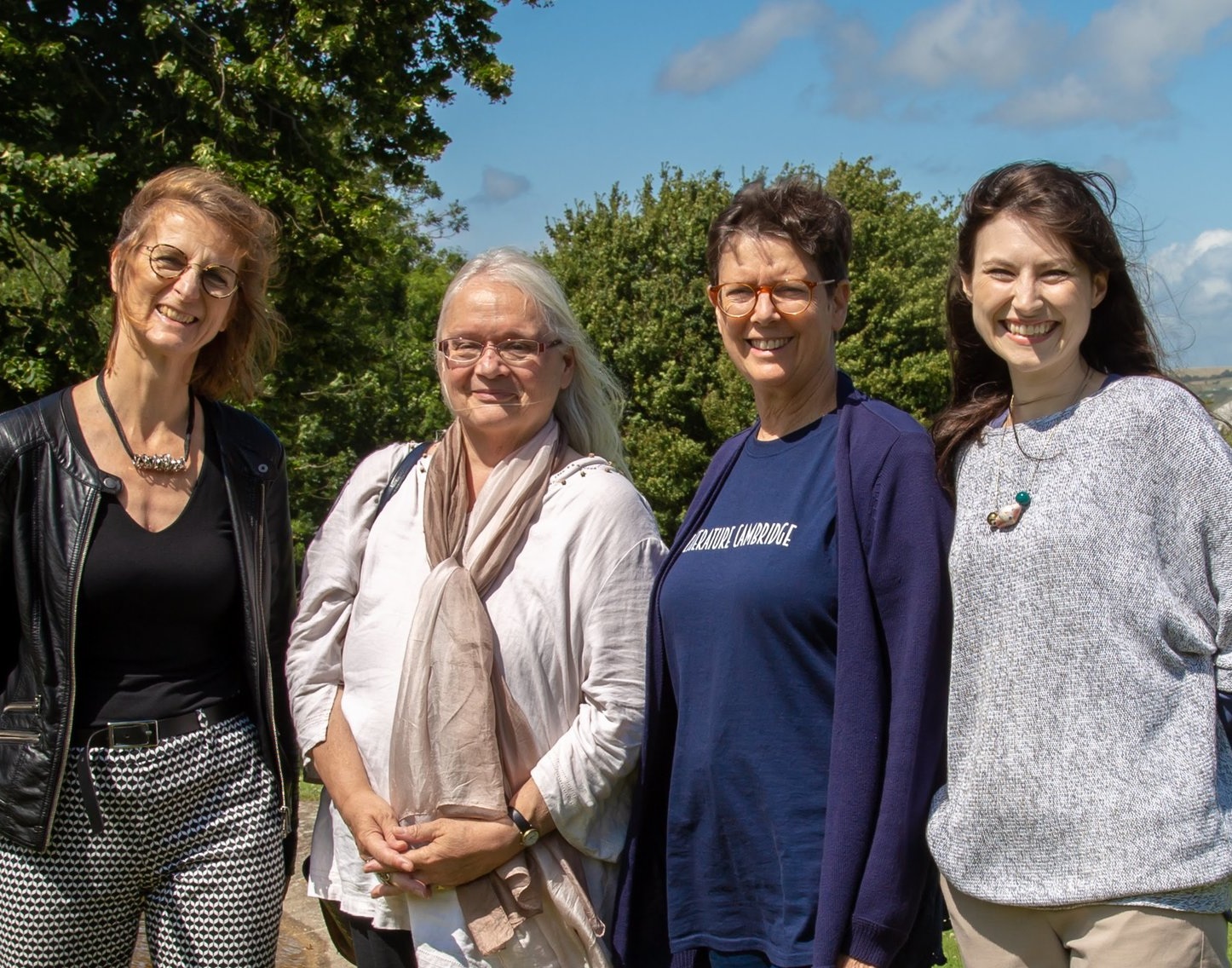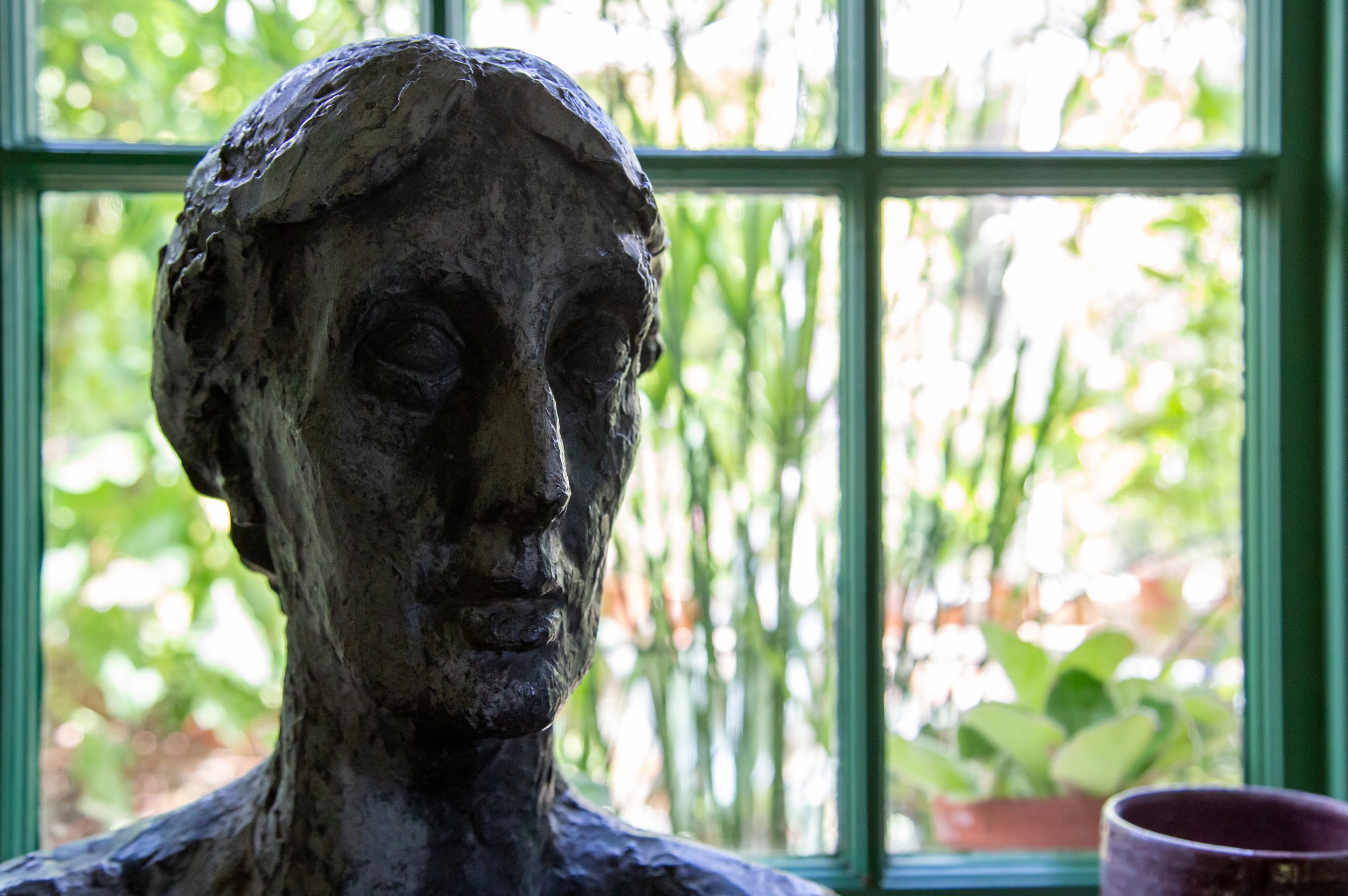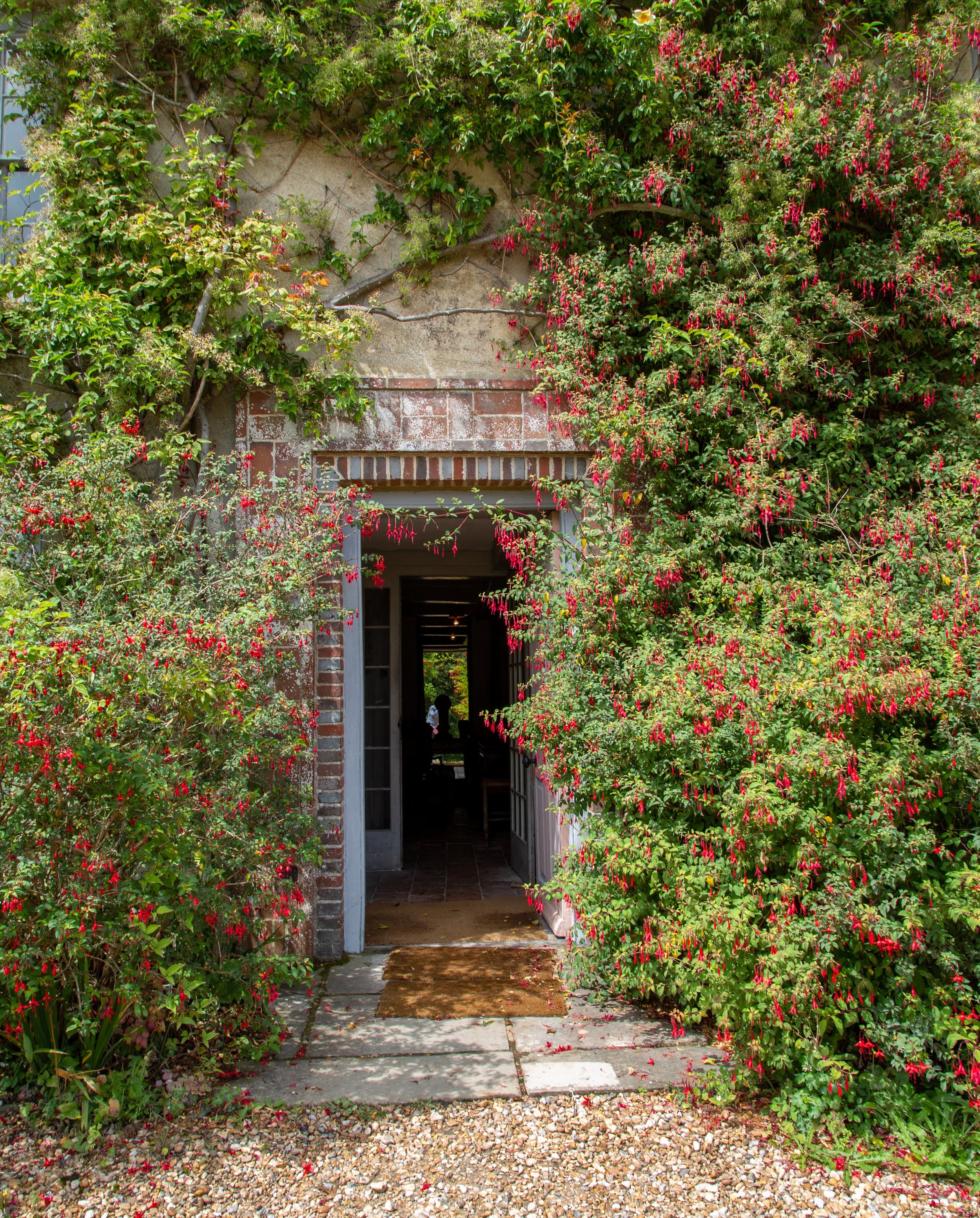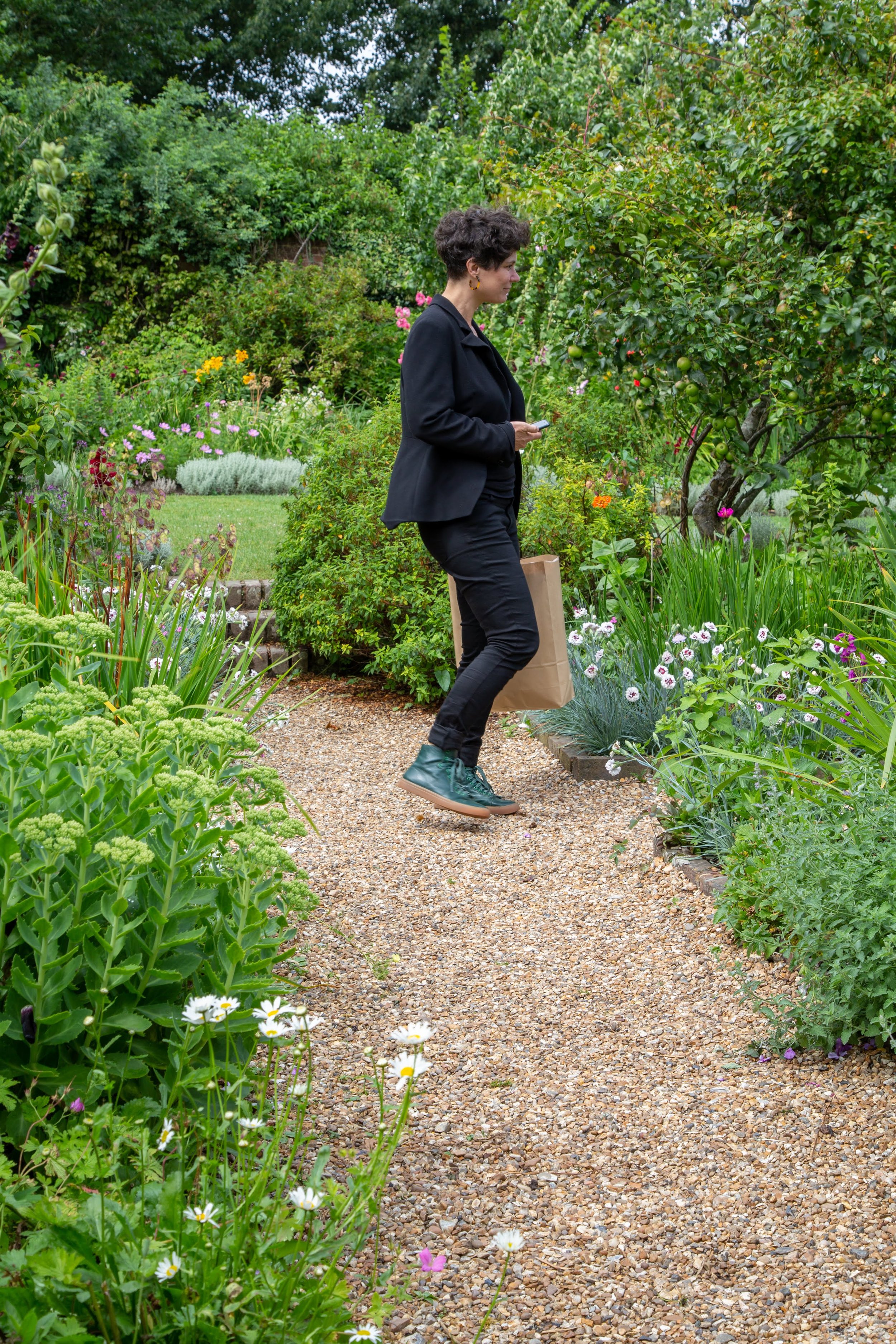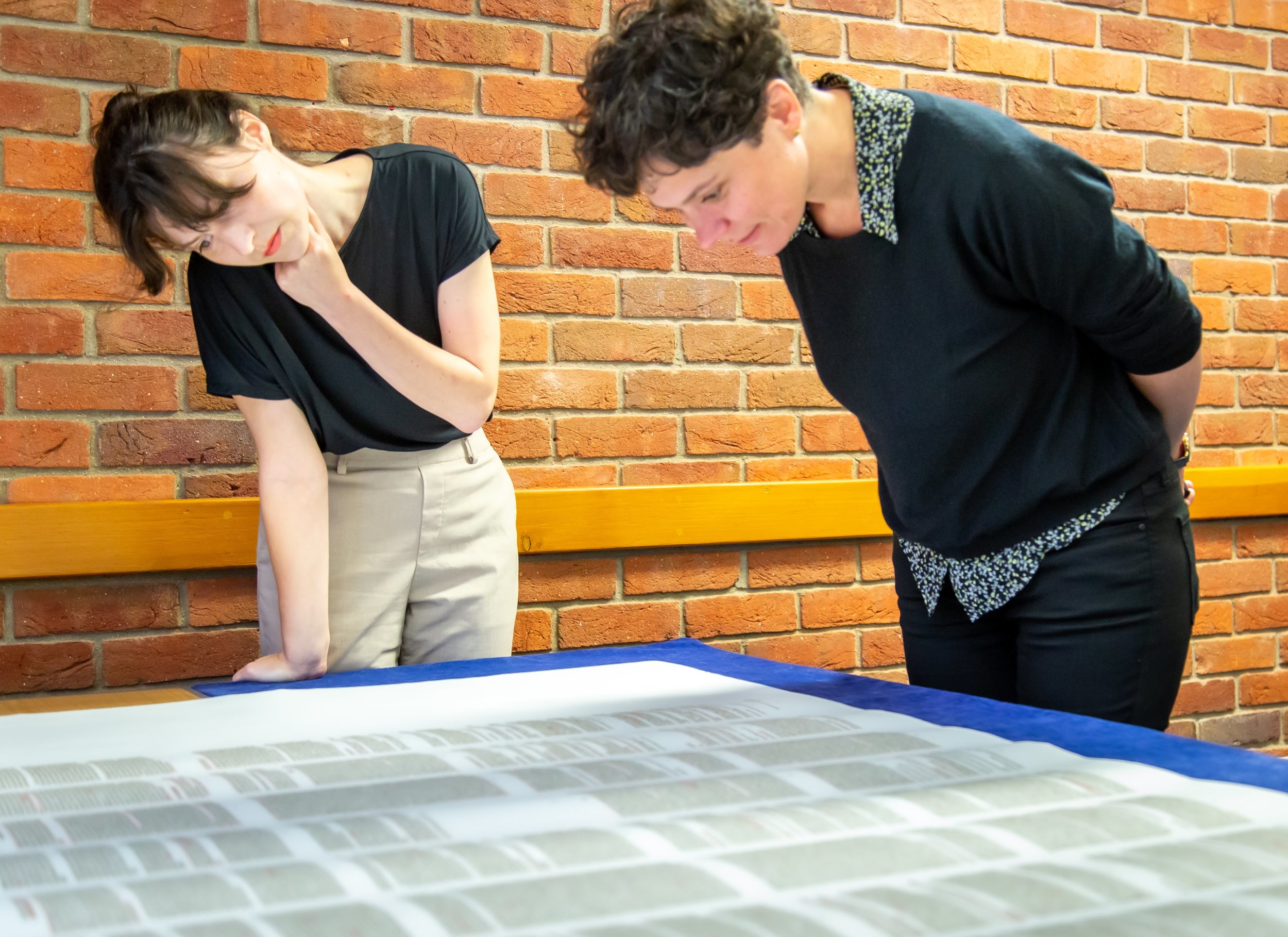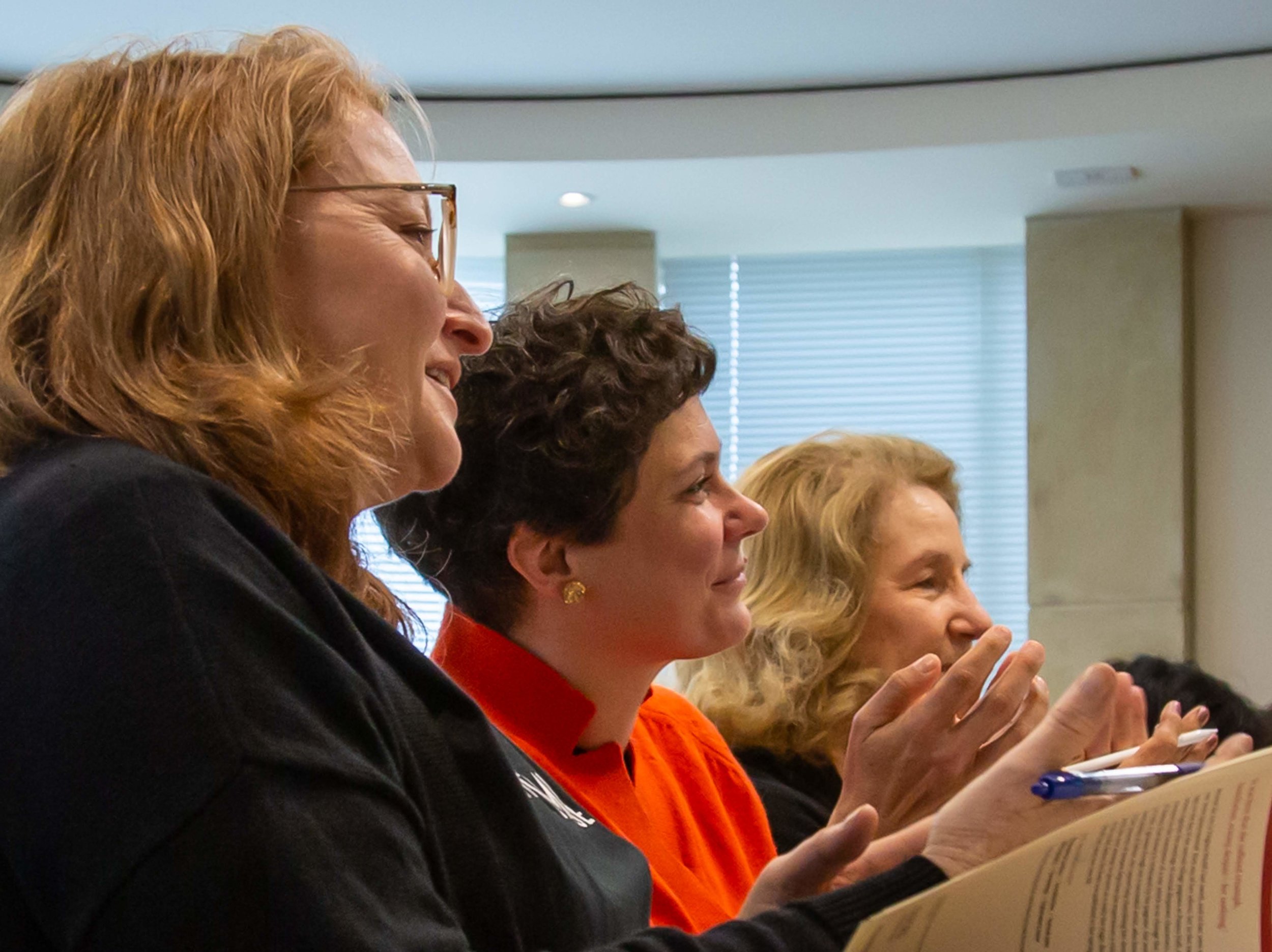Juliane Roemhild: A Week in Woolf’s Gardens
Juliane Roemhild from Australia and Germany reflects upon our Woolf’s Gardens summer course, July 2019.
Cambridge in summer is an enchanted place. Punts and cobblestones, bookstores, ice cream, cows, and college gardens in magnificent bloom. Even among the tourists you may well catch a glimpse of those days when the Neo-Pagans and the Apostles were studying here, working, talking, partying at Grantchester and skinny dipping in the Cam during those moonlit summer nights. Or so the story goes.
We came to Cambridge to talk about Woolf and gardens. Our group was wonderfully diverse: academics, professionals and students of all ages from Europe, the US, Australia and Asia. Our shared love of Woolf’s writing and the summery mood of Cambridge made for easy conversation and literary discoveries over walks and long dinners. Gardens seemed an obvious choice for this year’s summer course, given Woolf’s vivid descriptions of Rodmell, Charleston and Sissinghurst in her letters and diaries. For a week we discussed the presence of flowers and parks, snails, college lawns, grand estates and modest potato patches in Woolf’s works. Every morning we would gather to hear a lecture by a different scholar, followed by a supervision (tutorial) with a group of 3 or 4. It was such a privilege to spend time each day with our tutor, Alison Hennegan, whose inexhaustible of knowledge of the period turned our classes into far-ranging conversations on Woolf, history and women’s writing.
Most afternoons were spent on organised outings. Wherever we went, we were expertly shepherded by Trudi Tate, whose calm friendliness and expert organisational skills made for a seamless experience. Guided tours, lectures and dinners – all were excellent. Although we saw the manuscript of A Room of One’s Own at the Fitzwilliam Museum, two other events stand out even more strongly in my memory: the tours given by the head gardeners of Newnham and Kings College, who explained with passion and patience the history of their gardens, the aesthetic choices and environmental principles underpinning their work. At Newnham we stood in the dining hall where, once upon a time, Woolf gave one of the two lectures that later formed the foundation of A Room of One’s Own. At Kings we were granted access to the Provost’s garden: small, secluded and impeccably maintained, it is one of the loveliest garden spaces I have ever seen. Inside the college, we were shown paintings works by Duncan Grant, Vanessa Bell, Roger Fry and others from the impressive collection donated to Kings by its long-standing Fellow Maynard Keynes.
The highlight was undoubtedly our trip to Charleston and Rodmell the day after the course. I had visited both places before but not in summer when the gardens are at their best. Charleston was a riot of colour and shapes, overgrowing, tumbling, abundant, in full bloom. A place to explore, to hide and linger. Inspired by the exuberant mood of the place, I found myself buying a rather expensive cushion in a design by Bell. At Rodmell, the quiet intimacy of Woolf’s bedroom inspires hushed tones. Most of those who come all the way to Rodmell are on a pilgrimage. To me Leonard’s walking sticks and rucksack by the door remain most moving – everyday items, working things to be used and returned to their corner. At my first visit in autumn I picked up a chestnut from the tree overshadowing Woolf’s writing hut and put it in my coat pocket. This time I took a poppy head. It’s rolling around somewhere at the bottom of my bag. Sometimes I accidentally grab it when searching for my keys and smile.
Photos by Jeremy Peters


